In a landmark case addressing the long-standing argument of federal preemption and local authorities’ power when it comes to drone regulations, a Newton, Mass., drone operator recently emerged victorious in a case again his city’s drone ordinance, which was declared by District Judge William G. Young to indeed be preempted by federal law.
The court filing – which mentions the FAA’s December 2015 fact sheet explaining the Federal Aviation Administration’s (FAA) authority over navigable airspace – explains that Michael S. Singer, a non-hobbyist, FAA-certified unmanned aircraft systems (UAS) pilot residing in Newton, challenged parts of the city’s drone ordinance, which was enacted on Dec. 19. Specifically, Singer challenged the city’s own registration requirement, as well as its prohibition on flying beyond the visual line of sight (BVLOS) or “in certain areas without permit or express permission” – e.g., below 400 feet over private property “without the express permission of the owner of the private property.”
“It is important to allow beneficial uses of [drones] throughout the city,” the ordinance says, in part. “In order to prevent nuisances and other disturbances of the enjoyment of both public and private space, regulation of pilotless aircraft is required.”
Although the ordinance states that it should be “interpreted in harmony with all relevant rules and regulations of the Federal Aviation Administration and any other federal, state, and local laws and regulations,” Singer maintained that the ordinance “attempts to regulate an almost exclusively federal area of law … in a way that conflicts with Congress’s purpose.” In response, Newton claimed that the ordinance “falls within an area of law that the FAA expressly carved out for local governments to regulate.”
Young determined that the city’s own registration requirement is, indeed, preempted by the FAA; in fact, he said it is “in clear derogation of the FAA’s intended authority,” considering the agency “explicitly has indicated its intent to be the exclusive regulatory authority for registration of pilotless aircraft.”
As for the operating restrictions over private property, the judge determined that because it is navigable airspace, the FAA has authority over the UAS. In addition, the ruling says, “Newton’s choice to restrict any drone use below [400 feet] thus works to eliminate any drone use in the confines of the city, absent prior permission.”
Furthermore, in terms of the BVLOS restrictions, Young ruled that the FAA “has designated specific rules regarding the visual line of sight for pilotless aircraft operation,” – i.e., requiring a visual observer. In turn, this restriction is preempted, as well.
Although these sections of the ordinance have been ruled preempted by federal law, the judge maintained that “nothing prevents Newton from re-drafting the ordinance to avoid conflict preemption.”


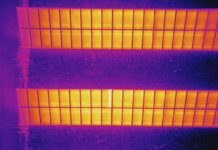
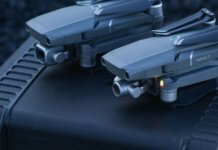
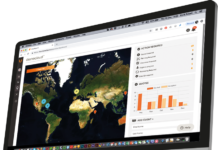
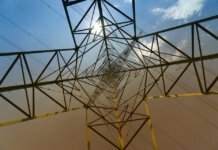
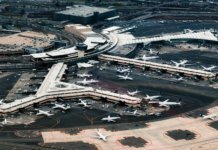
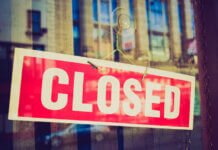
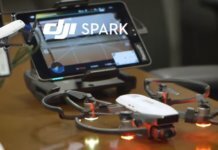

Leave a Comment
Your email address will not be published. Required fields are marked *